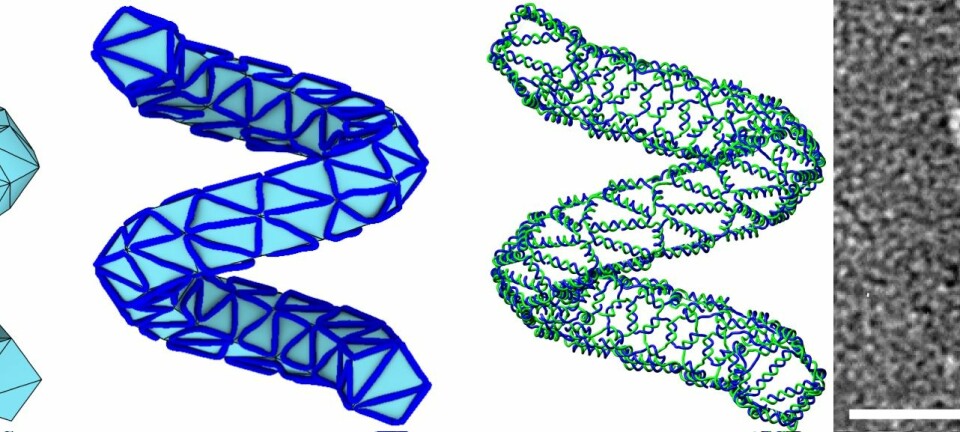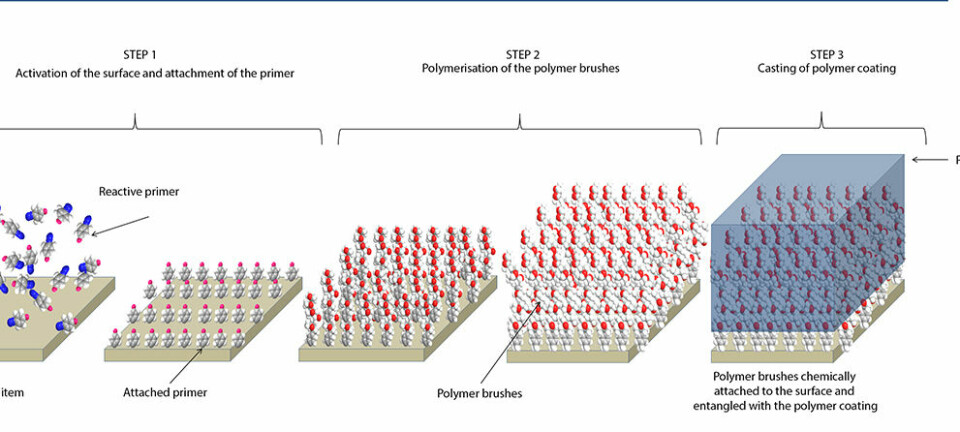
Self-assembling electronics may soon be a reality
Self-assembling electronics sounds like technology for the distant future, but everyday household soap has just taken us a step closer.
Scientists have just brought us one step closer to realizing self-assembling molecular electronics—electronics that build themselves.
The discovery may eventually result in inexpensive solar power plants, which produce sustainable energy or computer screens.
"One can make almost anything with layers and molecules, says co-author Thomas Just Sørensen, an associate professor in nanoscience at the University of Copenhagen, Denmark.
“Instead of using a molecule that turns light into electricity, we can also use a molecule that illuminates when electricity is applied to it.. This could result in a screen, simply by pouring a solution onto a surface," says Sørensen.
Building with molecules

Self-assembling molecules are molecules that organise themselves without outside interference.
In practical terms, scientists take a mixture of chemicals and pour it onto a glass plate, where the molecules in the chemical cocktail then organise themselves. Order is "absolutely necessary for there to be a function," says Sørensen.
It is a big challenge to get molecules to order themselves in this way. But scientists have now figured out how, and published their results in the journal ChemNanoMat.
"We have managed to develop a simple technique where we can get various molecules to always arrange themselves in a way that we can predict," says Sørensen.
Soap will create electronics
Just how do you get molecules to arrange themselves smoothly? Perhaps surprisingly, the answer is soap.
Soap creates a stable structure, allowing the molecules to arrange themselves when they become mixed. This means that scientists not only know where the molecules are, but also what sits above and below them.
"These soap molecules perform the function of the bottom layer of a multi-layered cake--removing the bottom layer would make the cake go splat. In the same way, the soap in our molecular mix provides a stable base which gives order to the molecules," says Sørensen.
The scientists experimented with different types of soap until they eventually settled on the best one to get the molecules to lie on top of each other.
Sørensen is extremely pleased that such a simple method worked.
"It's great to be able to design a system that assembles itself without using sophisticated, complicated methods," he says.
Self-assembling electronics: a project for the future
Michael Madsen, a PhD student studying nanotechnology at Aarhus University, Denmark, is impressed with the new discovery. Madsen was not involved in the research himself, but he has read the new study.
"They've looked into the literature and seen what has already been done, and then they have combined some studies to find a new way to fix the problem of how to get molecules to self-assemble. I think this is very impressive," he says.
But there is still some way to go before this technology is fully functional. For example, it could be used in solar technology after they figure out the particular mix of molecules that can enable solar cells to generate power even when it is dark.
According to Madsen, this self-assembly molecular technique could potentially be an important step towards developing fully functional self-assembling technology in the future.
"There are many people studying these applications, and maybe someone can take the results of this study and combine it with other techniques to produce a great solution to an important technological challenge," he says.
------------------
Read the Danish version of this article on Videnskab.dk
Translated by: Catherine Jex









